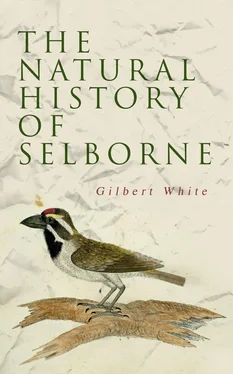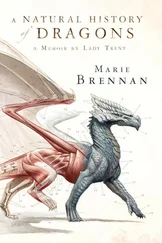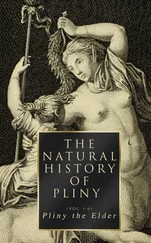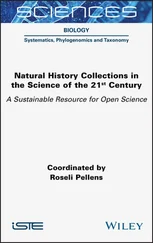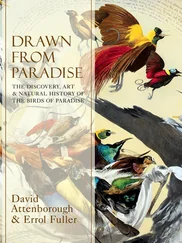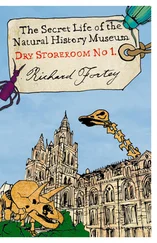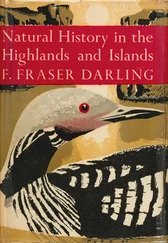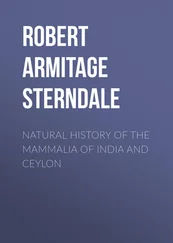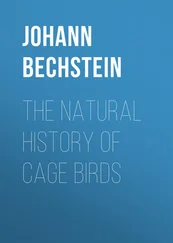The fly-catcher ( stoparola ) has not yet appeared; it usually breeds in my vine. The redstart begins to sing, its note is short and imperfect, but is continued till about the middle of June. The willow-wrens (the smaller sort) are horrid pests in a garden, destroying the peas, cherries, currants, etc.; and are so tame that a gun will not scare them.
A LIST OF THE SUMMER BIRDS OF PASSAGE DISCOVERED IN THIS NEIGHBOURHOOD, RANGED SOMEWHAT IN THE ORDER IN WHICH THEY APPEAR.
|
LINNÆI NOMINA. |
| Smallest willow-wren |
Motacilla trochilus |
| Wryneck |
Jynx torquilla |
| House-swallow |
Hirundo rustica |
| Martin |
Hirundo urbica |
| Sand-martin |
Hirundo riparia |
| Cuckoo |
Cuculus canorus |
| Nightingale |
Motacilla luscinia |
| Blackcap |
Motacilla atricapilla |
| Whitethroat |
Motacilla sylvia |
| Middle willow-wren |
Motacilla trochilus |
| Swift |
Hirundo apus |
| Stone-curlew? |
Charadrius œdicnemus ? |
| Turtle-dove? |
Turtur aldrovandi ? |
| Grasshopper-lark |
Alauda trivialis |
| Landrail |
Rallus crex |
| Largest willow-wren |
Motacilla trochilus |
| Redstart |
Motacilla phœnicurus |
| Goat-sucker, or fern-owl |
Caprimulgus europus |
| Fly-catcher |
Muscicapa grisola |
My countrymen talk much of a bird that makes a clatter with its bill against a dead bough, or some old pales, calling it a jar-bird. I procured one to be shot in the very fact; it proved to be the Sitta europœa (the nuthatch). Mr. Ray says that the less spotted woodpecker does the same. This noise may be heard a furlong or more.
Now is the only time to ascertain the short-winged summer birds; for, when the leaf is out, there is no making any remarks on such a restless tribe; and when once the young begin to appear it is all confusion: there is no distinction of genus, species, or sex.
In breeding-time snipes play over the moors, piping and humming; they always hum as they are descending. Is not their hum ventriloquous like that of the turkey? Some suspect it is made by their wings.
This morning I saw the golden-crowned wren, whose crown glitters like burnished gold. It often hangs like a titmouse, with its back downwards.
Yours, etc., etc.
Table of Contents
Selborne, June 18th , 1768.
Dear Sir—On Wednesday last arrived your agreeable letter of June 10th. It gives me great satisfaction to find that you pursue these studies still with such vigour, and are in such forwardness with regard to reptiles and fishes.
The reptiles, few as they are, I am not acquainted with, so well as I could wish, with regard to their natural history. There is a degree of dubiousness and obscurity attending the propagation of this class of animals, something analogous to that of the cryptogamia in the sexual system of plants: and the case is the same with regard to some of the fishes, as the eel, etc.
The method in which toads procreate and bring forth seems to be very much in the dark. Some authors say that they are viviparous, and yet Ray classes them among his oviparous animals, and is silent with regard to the manner of their bringing forth. Perhaps they may be εσω μεν ωοτοκοι, εξω δε ζωοτοκοι, as is known to be the case with the viper.
The copulation of frogs (or at least the appearance of it) is notorious to everybody, because we see them sticking upon each other’s backs, for a month together in the spring: and yet I never saw, or read, of toads being observed in the same situation. It is strange that the matter with regard to the venom of toads has not been yet settled. That they are not noxious to some animals is plain, for ducks, buzzards, owls, stone-curlews, and snakes, eat them, to my knowledge, with impunity. And I well remember the time, but was not eye-witness to the fact (though numbers of persons were), when a quack, at this village, ate a toad to make the country people stare; afterwards he drank oil.
I have been informed also, from undoubted authority, that some ladies (ladies you will say of peculiar taste) took a fancy to a toad, which they nourished, summer after summer, for many years, till he grew to a monstrous size, with the maggots which turn to flesh-flies. The reptile used to come forth every evening from a hole under the garden steps, and was taken up, after supper, on the table to be fed. But at last a tame raven, kenning him as he put forth his head, gave him such a severe stroke with his horny beak as put out one eye. After this accident the creature languished for some time and died.
I need not remind a gentleman of your extensive reading of the excellent account there is from Mr. Derham, in Ray’s “Wisdom of God in the Creation” (p. 365), concerning the migration of frogs from their breeding ponds. In this account he at once subverts that foolish opinion of their dropping from the clouds in rain, showing that it is from the grateful coolness and moisture of those showers that they are tempted to set out on their travels, which they defer till those fall. Frogs are as yet in their tadpole state; but, in a few weeks, our lanes, paths, fields, will swarm for a few days with myriads of those emigrants, no larger than my little finger nail. Swammerdam gives a most accurate account of the method and situation in which the male impregnates the spawn of the female. How wonderful is the economy of Providence with regard to the limbs of so vile a reptile! While it is an aquatic it has a fish-like tail, and no legs; as soon as the legs sprout, the tail drops off as useless, and the animal betakes itself to the land!
Merret, I trust, is widely mistaken when he advances that the rana arborea is an English reptile; it abounds in Germany and Switzerland.
It is to be remembered that the salamandra aquatica of Ray (the water-newt or eft) will frequently bite at the angler’s bait, and is often caught on his hook. I used take it for granted that the salamandra aquatica was hatched, lived, and died, in the water. But John Ellis, Esq., F.R.S. (the coralline Ellis), asserts, in a letter to the Royal Society, dated June 5th, 1766, in his account of the mud inguana , an amphibious biped from South Carolina, that the water-eft, or newt, is only the larva of the land-eft, as tadpoles are of frogs. Lest I should be suspected to misunderstand his meaning, I shall give it in his own words. Speaking of the opercula or coverings to the gills of the mud inguana , he proceeds to say that, “The form of these pennated coverings approaches very near to what I have some time ago observed in the larva or aquatic state of our English lacerta , known by the name of eft, or newt, which serve them for coverings to their gills, and for fins to swim with while in this state; and which they lose, as well as the fins of their tails, when they change their state and become land animals, as I have observed, by keeping them alive for some time myself.”
Linnæus, in his “Systema Naturæ,” hints at what Mr. Ellis advances more than once.
Providence has been so indulgent to us as to allow of but one venomous reptile of the serpent kind in these kingdoms, and that is the viper. As you propose the good of mankind to be an object of your publications you will not omit to mention common salad-oil as sovereign remedy against the bite of the viper. As to the blind worm ( anguis fragilis , so-called because it snaps in sunder with a small blow), I have found, on examination, that it is perfectly innocuous. A neighbouring yeoman (to whom I am indebted for some good hints) killed and opened a female viper about the 27th May: he found her filled with a chain of eleven eggs, about the size of those of a blackbird; but none of them were advanced so far towards a state of maturity as to contain any rudiments of young. Though they are oviparous, yet they are viviparous also, hatching their young within their bellies, and then bringing them forth. Whereas snakes lay chains of eggs every summer in my melon beds, in spite of all that my people can do to prevent them; which eggs do not hatch till the spring following, as I have often experienced. Several intelligent folks assure me that they have seen the viper open her mouth and admit her helpless young down her throat on sudden surprises, just as the female opossum does her brood into the pouch under her belly, upon the like emergencies; and yet the London viper-catchers insist on it, to Mr. Barrington, that no such thing ever happens. The serpent kind eat, I believe, but once in a year; or rather, but only just at one season of the year. Country people talk much of a water-snake, but, I am pretty sure, without any reason; for the common snake ( coluber natrix ) delights much to sport in the water, perhaps with a view to procure frogs and other food.
Читать дальше
